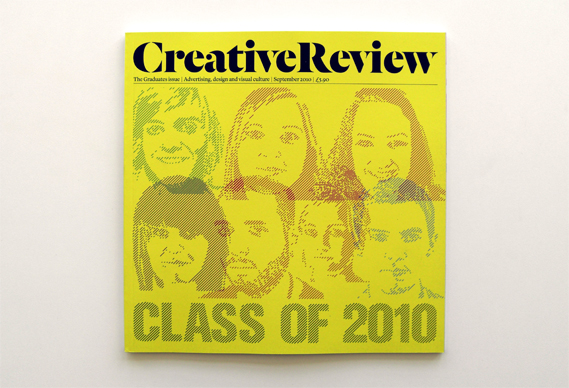The September 2010 issue of Creative Review is out now and includes two sections dedicated to data visualisation.
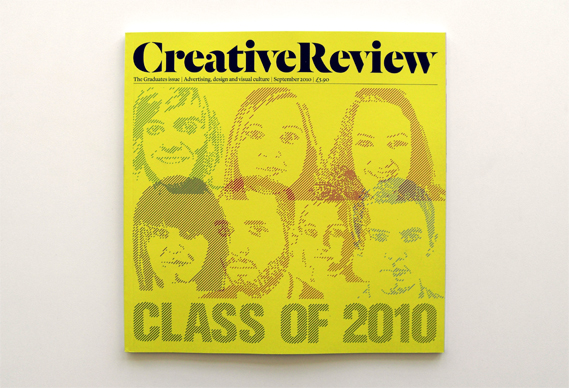
The first is an article by Nicholas Felton (both the designer and subject of the popular Felton Report series) which follows up the July release of the Little Book of Shocking Global Facts and the reaction to this that dominated the blogosphere.
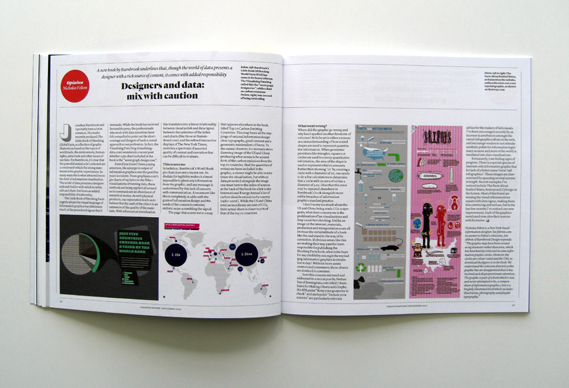
Nicholas accuses the designers behind this book of making significant errors in its presentation of information, in both the visual treatment of the visualisation designs and, importantly, the accuracy of some of the data representations. I’m glad they gave the opportunity for Jon Abbott of Barnbrook Design to respond to the criticisms – these situations are always more constructive when there is two-sided dialogue.
I am pleased to see that my own post on this subject, ‘Worst graph design ever?‘, has been mentioned in this piece (the rewards of inflammatory post titles!) – I guess I”ll let the copy editor off for the unfortunate auto-hyphenation of the site’s URL!
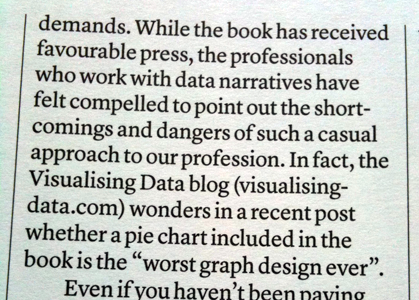
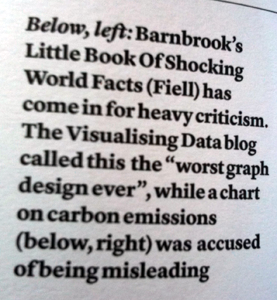
The second piece in this issue comes from Rebecca Pohancenik who reveals that “data visualisation, far from being a modern practice, has its roots in the investigations of 17th century scientists”.

Rebecca presents an interesting timeline of some of the earliest concepts of information design with examples from the likes of Edmond Halley, Joseph Priestley, Christiaan Huygens and Benjamin Franklin to name but a few. It is really refreshing to see several new examples presented here (well, new to me at least), rather than the now-typical exhibits from Florence Nightingale, William Playfair and Charles Joseph Minard.
It is of course great to see data visualisation receiving attention from such a prominent magazine as Creative Review. Its just a shame that this opportunity largely comes about in response to the Barnbrook project and therefore has to be occupied with offering a somewhat negative critique and reaction to this work, rather than being a more positive discussion and showcase of the subject’s merits and best practices. Hopefully, there will be further opportunities in due course to fulfil the latter.

